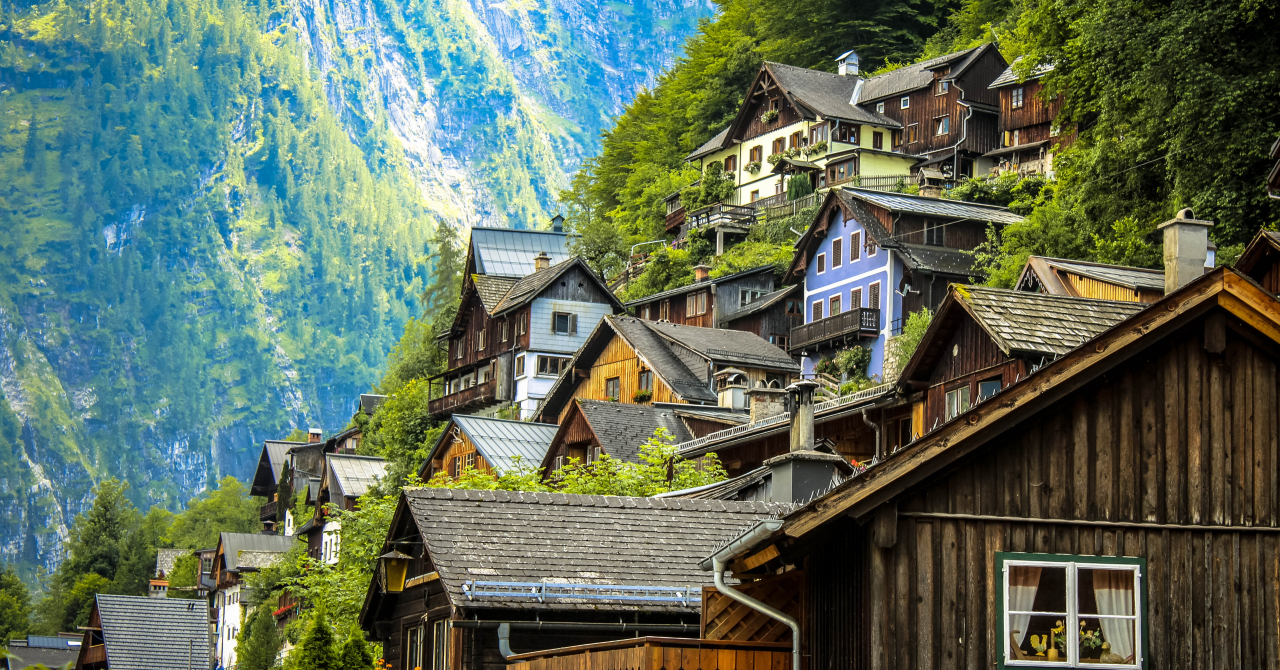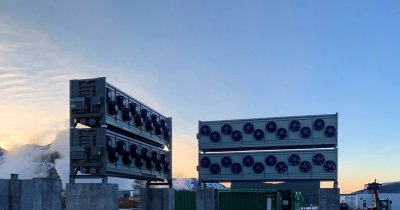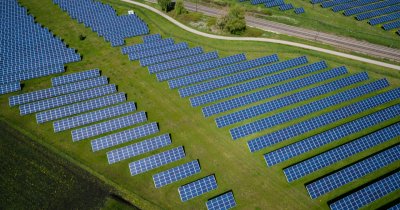According to Clean Tehnica, scientists at the Postdam Institute for Climate Impact Research say that we could spare Earth 106 billion tons of CO2 by 2100 by switching to wooden buildings.
They suggest that 4 to 12 stories wooden buildings could provide shelter and be good locations for businesses as well, while having a much smaller carbon footprint compared to concrete and steel urban buildings.
However, to achieve this, they claim that "forest plantations would need to expand by up to 149 million hectares by 2100 and harvests from unprotected natural forests would increase. Our results indicate that expansion of timber plantations for wooden buildings is possible without major repercussions on agricultural production."
"Strong governance and careful planning are required to ensure a sustainable transition to timber cities even if frontier forests and biodiversity hot spots are protected", experts added.
The same study reports that, as of 2020, over half of the world's population lives in urban areas, with the number potentially increasing by 80% by 2100.
At the same time, experts say that "in 2020, raw material production for conventional buildings caused roughly 10% of the global greenhouse gas emissions."
They say that wood would be a viable alternative, which could have a two-side benefit, as trees will absorb carbon dioxide when growing, while not contributing with emissions too much when being used for building.
"Wood is a renewable resource that usually carries the lowest carbon footprint of any comparable, first-time use building material."
"Moreover, the carbon stored in wood, which was absorbed from atmospheric CO2 via photosynthesis, is partly preserved when the wood is used as a building material, making it a long-term carbon sink”, researchers added.
Other experts, such as Sini Eräjää, leader of the European food and forests campaign for Greenpeace, don't agree with this solution, saying that it would be a "terrible idea. It would be a disaster for nature and for the climate."
"Natural, biodiverse forests are more resilient to drought, fires and disease, so are a much safer carbon store than the tree plantations we’ve seen go up in smoke this summer from Portugal to California", she explained.
Some people might be worried that wooden structures, like houses or office buildings are more susceptible to fires and earthquakes, but modern architecture has both of these things sorted out, according to experts.
The researchers who conducted the study claim that "use of engineered wood in buildings is already associated with fire and earthquake resistance, lower construction times, and reduced waste during construction."
It is important to know, however, that science advances in other ways, as well, such as by introducing net-zero steel and low-carbon concrete, made from things like recycled face masks, which are also said to revolutionize the way we build.
 Mihai - Cristian Ioniță
Mihai - Cristian Ioniță












Any thoughts?